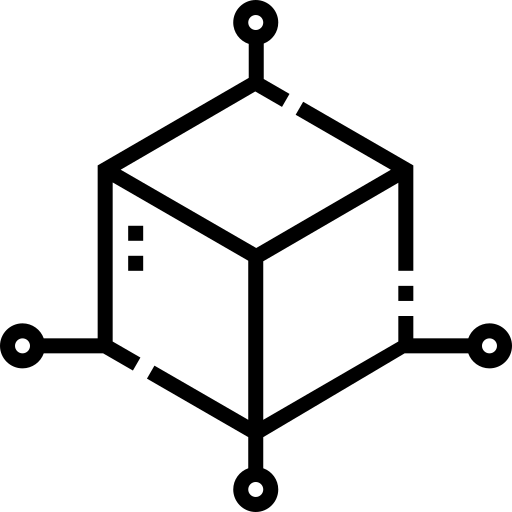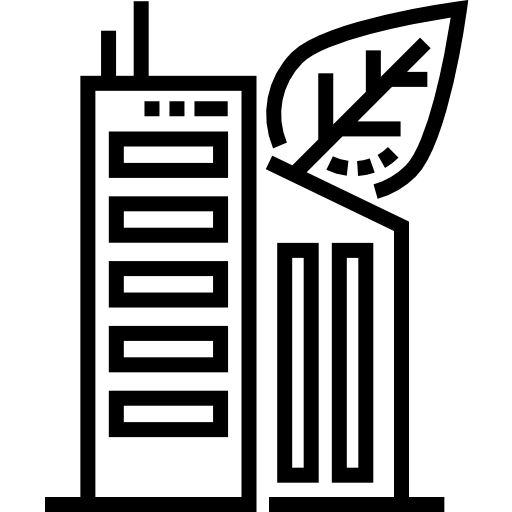
Prototyping : FDM is widely used for rapid prototyping in product development. It allows engineers and designers to quickly iterate and test different design concepts before moving to mass production.

Concept Models: Creating concept models to visualize and communicate design ideas is a key application. FDM enables the production of detailed and accurate prototypes for client presentations and design evaluations.

Architectural Components: Architects use FDM to create detailed architectural models for presentations and client communication. It allows for the quick and cost-effective realization of scaled models.

Jigs and Fixtures: Manufacturing tools such as jigs and fixtures are often produced using FDM. Customized tools can be rapidly created to aid in various stages of production, improving efficiency and precision.

Functional Prototypes: FDM is suitable for producing functional prototypes that closely mimic the final product's mechanical and structural properties. This is valuable for testing and validation in the development process.

Educational Models: FDM is used in educational settings to create 3D models for teaching purposes. It allows students to better understand complex concepts in subjects like engineering, biology, and architecture.

Customized Production Parts: FDM is employed for low-volume production of customized or small-batch production parts. This is particularly useful for producing components with complex geometries.

Medical Models: In the medical field, FDM is used to produce anatomical models for surgical planning and training. It also aids in the creation of custom prosthetics and orthopedic implants.

Automotive Prototyping: Automotive engineers use FDM to prototype various components, including interior parts, exterior designs, and functional prototypes for testing.

Aerospace Applications: FDM is utilized in the aerospace industry for prototyping and producing lightweight, complex components for aircraft and spacecraft. It allows for the creation of intricate designs with reduced weight.

Art and Design: Artists and designers use FDM to bring their artistic visions to life, creating sculptures, installations, and other artistic pieces with intricate details.

Tooling: FDM is used to produce molds, patterns, and other tooling components for various manufacturing processes.

Consumer Goods: FDM is employed in the production of consumer goods, including customized phone cases, promotional items, and other personalized products.















